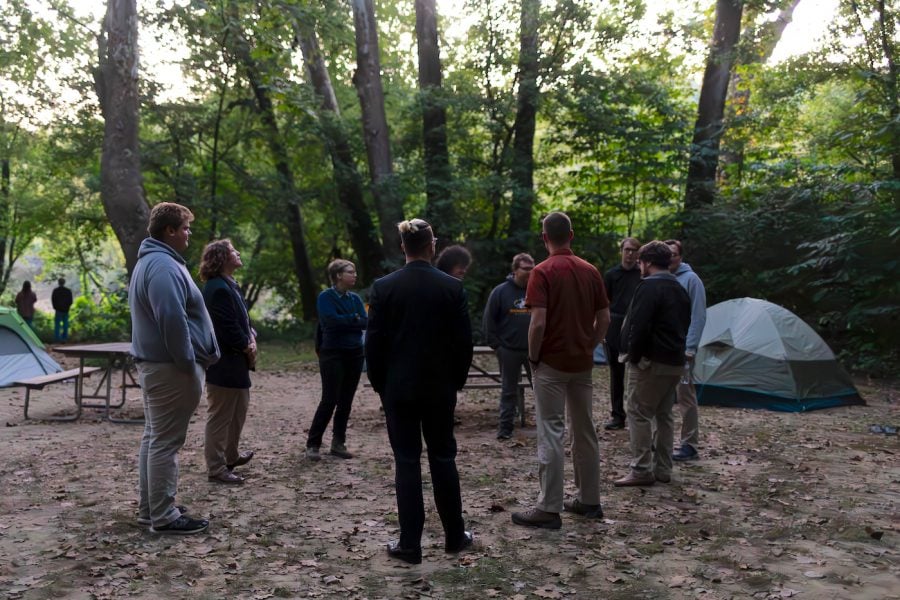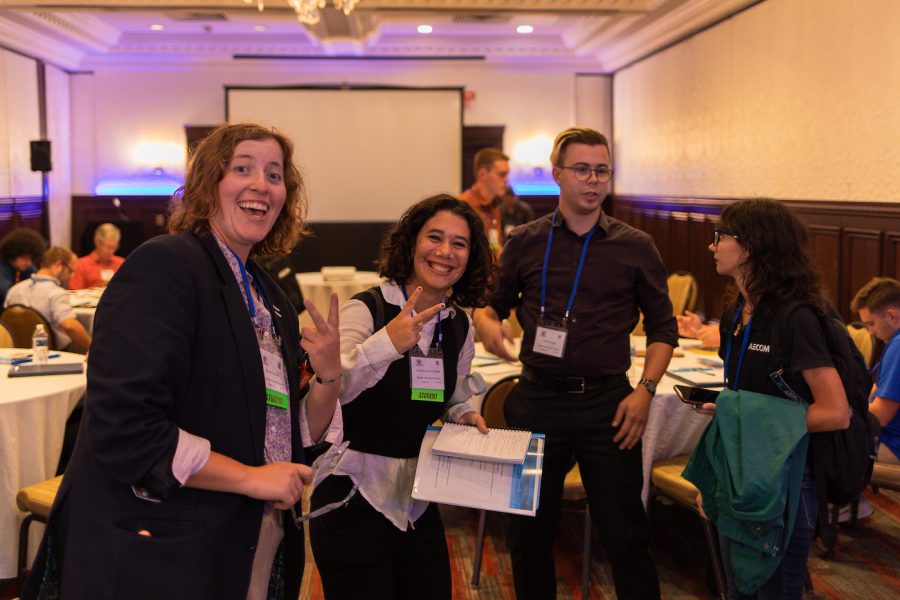
The GSG 2023 3MT (Three Minute Thesis) competition was held November 9 in the Forestry Atrium.
First Place went to Gustavo Béjar-López (PhD student in Geology), including a $300 cash prize.
Béjar-López will represent Michigan Tech at the regional competition and will compete for a spot at the national and international 3MT competitions.
According to the University of Queensland, founder of the event, the 3MT “cultivates students’ academic, presentation, and research communication skills”.












